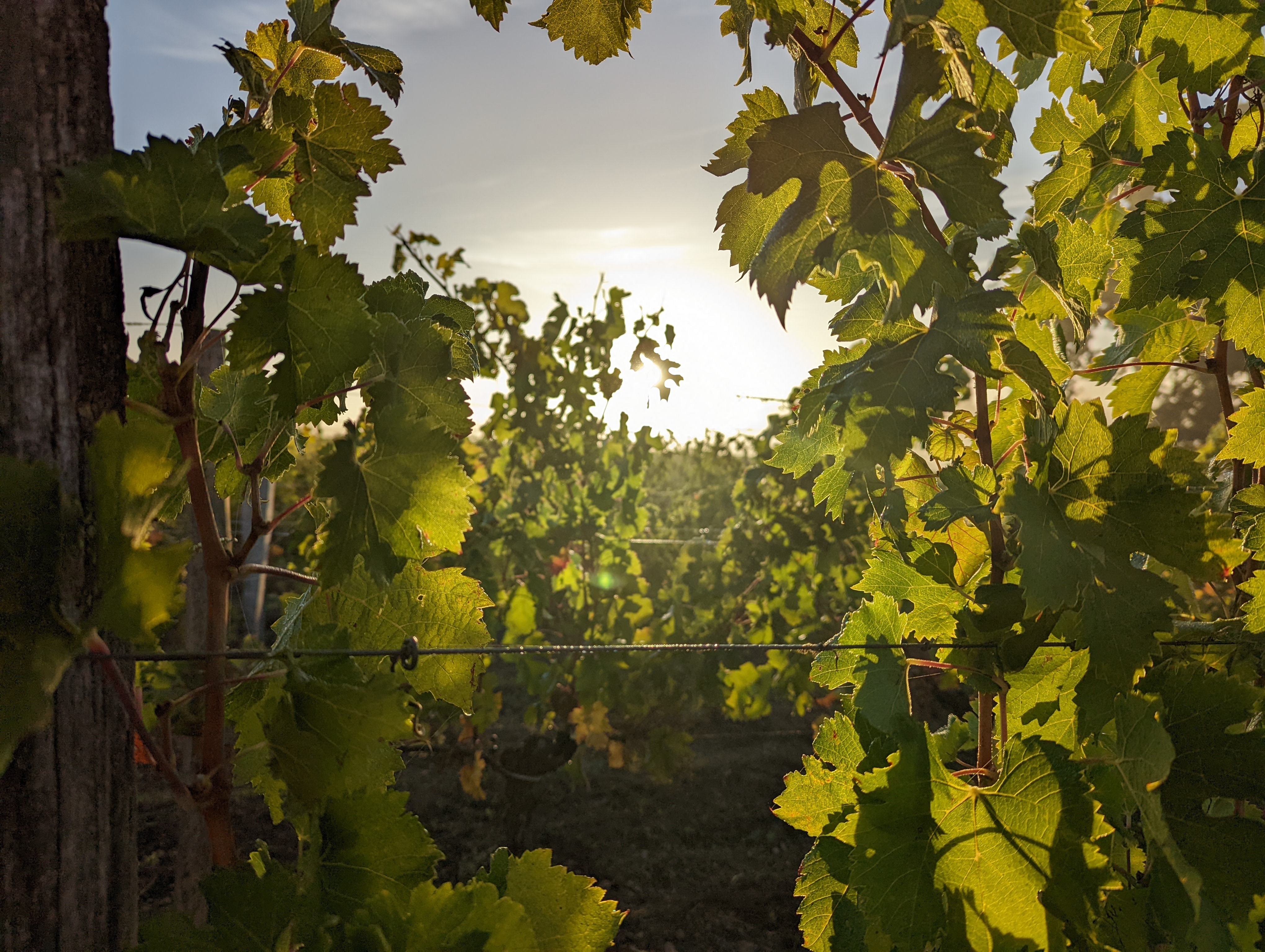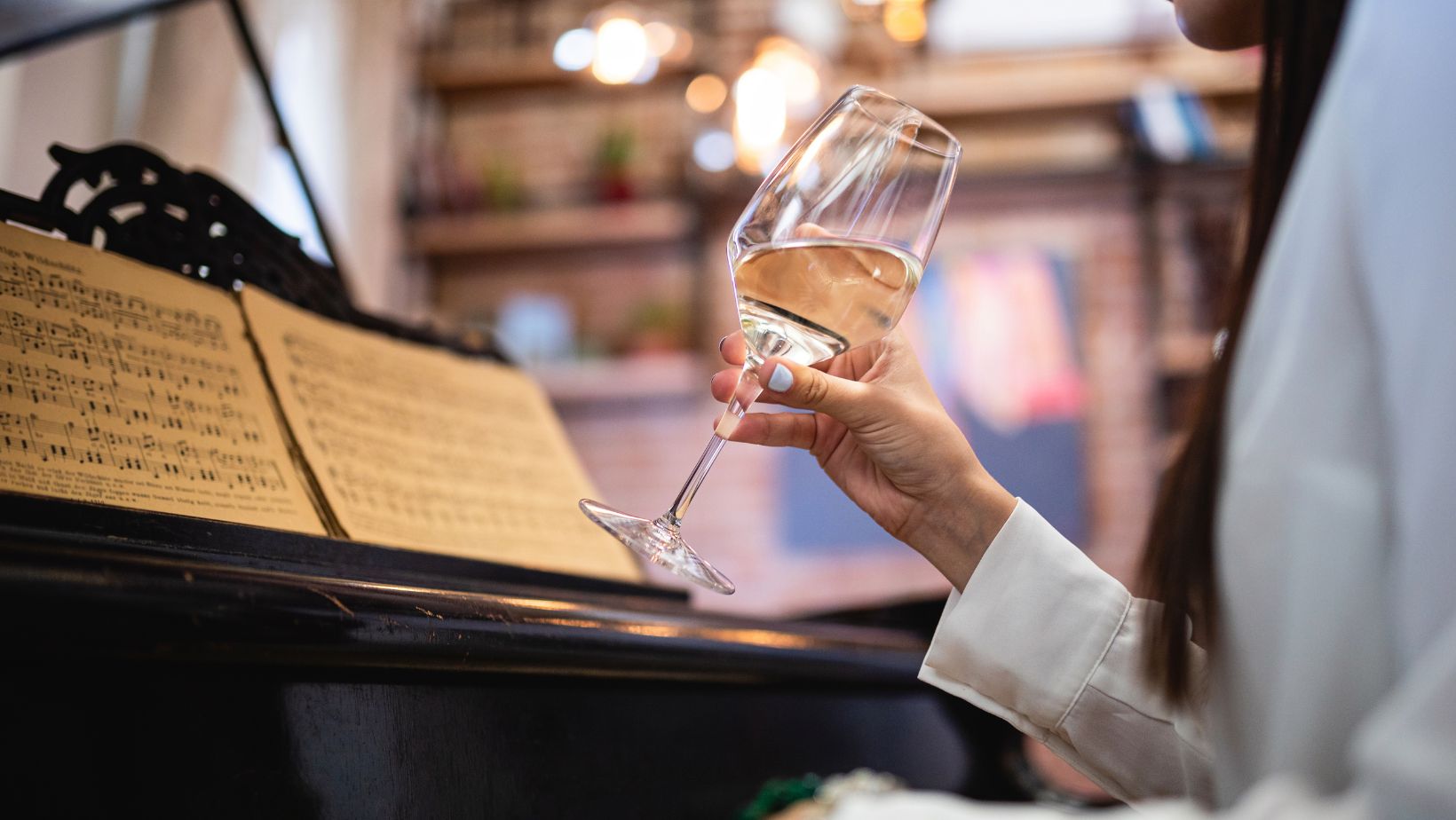
Art and wine: an age-old alliance
Art and wine have long been associated, and have forged a fertile and enduring relationship both historically and in contemporary civilisation. We wanted to take a closer look at this relationship...
Wine in art
Known to humankind for thousands of years, wine has always been a source of inspiration for artists throughout the ages. Since ancient times, wine has been celebrated in art in a variety of forms: playwrights, sculptors, writers, architects, poets, painters and musicians have drawn on this alcoholic beverage to fuel their creativity. Examples of this close relationship abound, and when you think about it, it's not surprising.
Similarities
The regular, almost intimate association can be explained by the many similarities that characterise them:
- Both stimulate our senses, our imagination and our memory, and become part of our lives as vectors of experience. Wine, like art in all its forms, can only be perceived through the spectrum of our senses. When they are awake, our senses spontaneously activate our imagination and memory, enabling us to analyse, refine and enrich our perceptions. When we taste a wine, for example, the perceptions created by our sight, smell and taste send us back to our internal aromatic library, which our memory brings back to us, enabling us to identify the aromas, the grape varieties, recognise the flavours and, for the more experienced, identify the terroir and appellation. In the same way, a work of art can only be perceived, analysed and received through our senses (often sight, but also touch, smell and hearing). Art lovers, with their wealth of experience, their background and their previous encounters with works of art, will be able to recognise and appreciate an artistic movement, an era or an artist's technique thanks to their sensory perceptions and their memory.
- They are each the creation of man, whose pleasure they arouse. Like a work of art, wine is born of passion and the pleasure of the winemaker's creation. The winemaker and his wines, like the artist and his work, are inseparable and necessarily contemporary.
- They are meant to be shared, savoured and generally commented on. Art and wine come to life through human sensory perception. Created by and for people, they cannot exist outside this equation.
Both reflect civilisations and their times. The terroir, the aromas, the grape varieties and the winemaking techniques are all indicators of the know-how of an era, of a region. The same is true of works of art, which reflect artistic movements, an era and often historical events.
Like two sisters unable to deny their twinship, these two forms of artistic expression complement, influence and enrich each other, creating a unique symbiosis.
Symbolism
Whatever its artistic form, whether in painting, sculpture or literature, wine has very often been represented in art and has taken on a variety of symbolic values. As early as the 5th-6th centuries BC, wine appeared on pottery and ceramics, particularly in ancient Greece and Rome. The jars and amphorae used at the time to store, transport and serve wine began to be used to depict men and gods with wine. Ancient painters often depicted banqueting scenes where wine was flowing freely, symbolising conviviality, joy and happiness. Poets and writers praised the virtues and pleasures of wine in their works. Wine symbolised refinement and culture. Its association with art, symbolising beauty and creativity, was an obvious one.
Wine also plays an important role in religion and, consequently, in religious art. Biblical representations of the vine and wine give wine the symbolism of life and God's blessing, and the vine the symbolism of wealth and divine blessing.
The incomparable taste of wine and the intoxication it procures also make it a symbol of earthly or heavenly pleasures in its representations.
In literature, the poetry of poets such as François Rabelais (Traité de bon usage de vin), Arthur Rimbaud (Larme), Charles Baudelaire (Le Vin de l'Assassin, Le vin des amants, etc) and Guillaume Apollinaire (Le Vigneron Champenois) has been largely inspired by wine.
"Tokaj, the brightly coloured amber beverage that weaves the golden threads of the mind and makes the most spiritual words sparkle." Voltaire
Wine and the vine have also been associated in art with the great defining events of history, particularly at the time of colonisation. The XIXth century, considered to be the golden age of wine due to the increase in its production and consumption, was the subject of numerous artistic representations of wine through its consumption within the army and the colonies, its marketing and the activity it generated in the capital city. Wine-related celebrations were also widely illustrated. The grape harvest, for example, was an important part of the agricultural season, and was the pretext for many village festivals and traditions. From the vine to tasting and celebrations such as the wine festivals at the beginning of the 20th century, every stage in the wine-making process was represented in art. As for the vines, they symbolised the excellence of colonial products.
In sculpture, wine has been represented in the form of the vine, with the use of a vine leaf often used in representations of male nudes, as in scenes from the Passion of Christ, where the branches of the vine symbolise eternal life. Wine also has a special place on fountains and in gardens, where it symbolises celebration and abundance.
"He who knows how to taste never drinks wine again, but tastes its sweet secrets".
Salvador Dali
Today, contemporary art is also inspired by wine. Many artists incorporate wine bottles into their artistic installations or use them as a creative material. Similarly, designers find inspiration in wine, the shape of bottles and the elegance of labels to create decorative design objects such as furniture, kitchen accessories and lighting.
So there is no limit to the inspiration that wine, the vine and everything that surrounds wine production can inspire in all forms of artistic expression. Indeed, the appreciation of wine as an aesthetic experience and performance has also been influenced by art, as has the definition of wine's intrinsic aesthetic quality.
Winegrowers: aesthetes at the service of art
Winegrowers may be considered true artists in their own right, but they are also art lovers who like to use their property to promote art and culture. Many estates have taken initiatives to bring art into their vineyards, allowing visitors to appreciate this reciprocal relationship and discover these two worlds.
Exhibitions
So you can regularly discover the work of artists right in the heart of the vineyards, which often host exhibitions and artists in residence during the summer months. The winegrowers improvise themselves as gallery owners, much to the delight of visitors !
For example, the Irish owner of a Provençal estate, Patrick McKillen, gives architects and designers carte blanche every year to take over the premises and express their creativity for the duration of a temporary exhibition.
Sometimes, art is even brought directly into the cellar, as at Château La Rose Perrière, where you can admire a sculpted cask and barrels bearing richly symbolic painted graphics. Thanks to the Sylvain family, our cellar, a place for creative winemaking, has also become a place for contemplation.
Château La Rose Perrière cellar
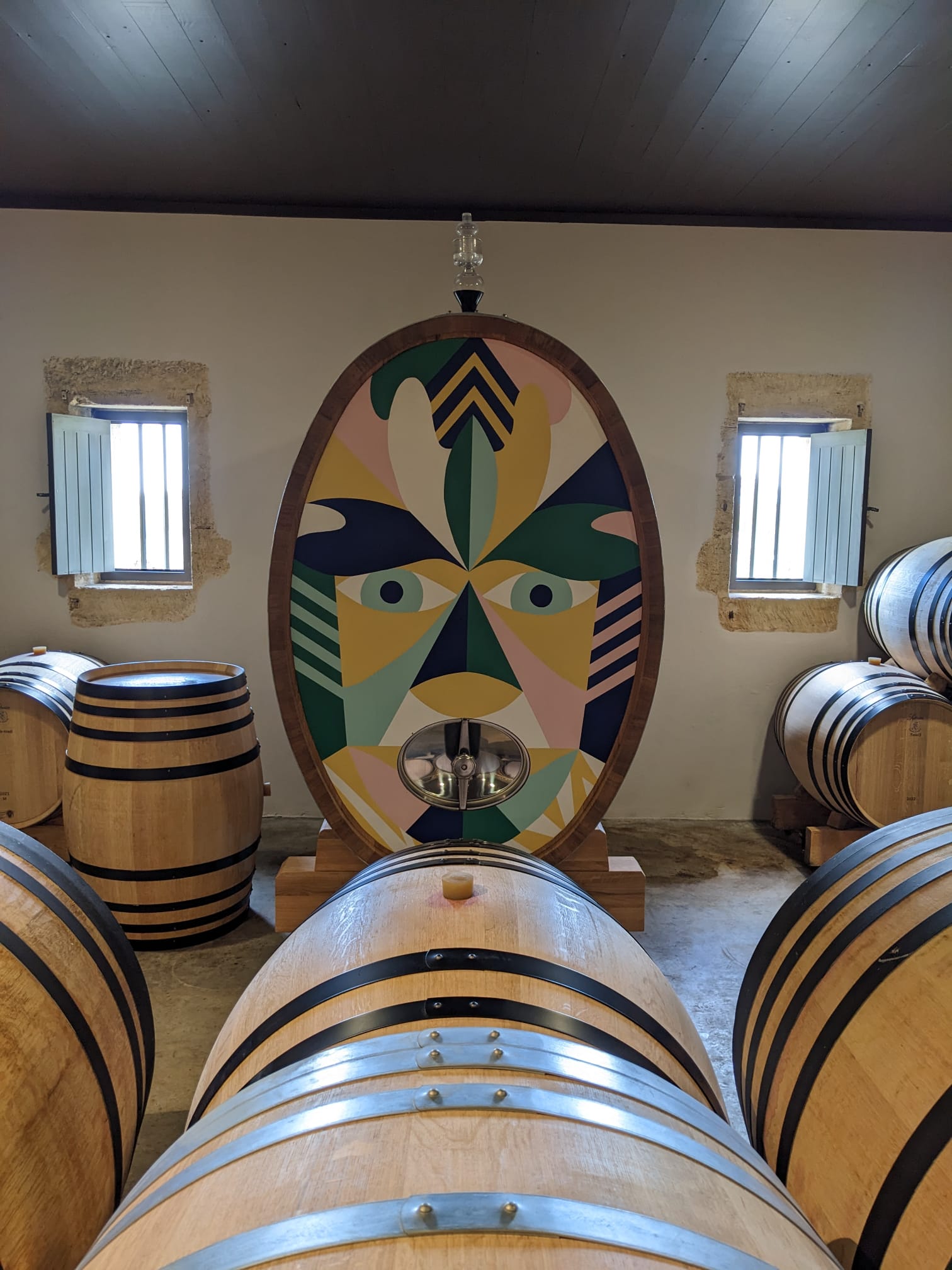
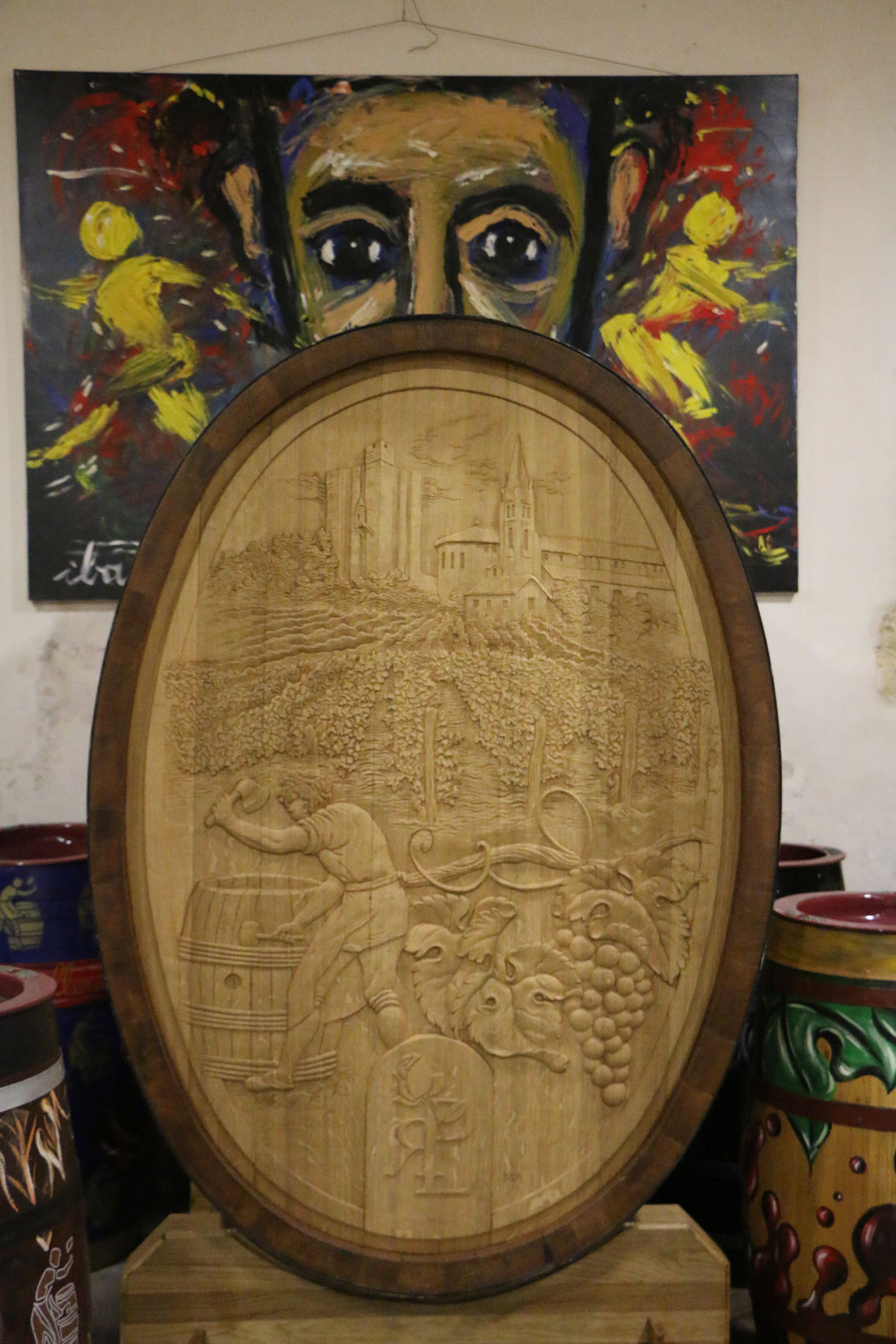
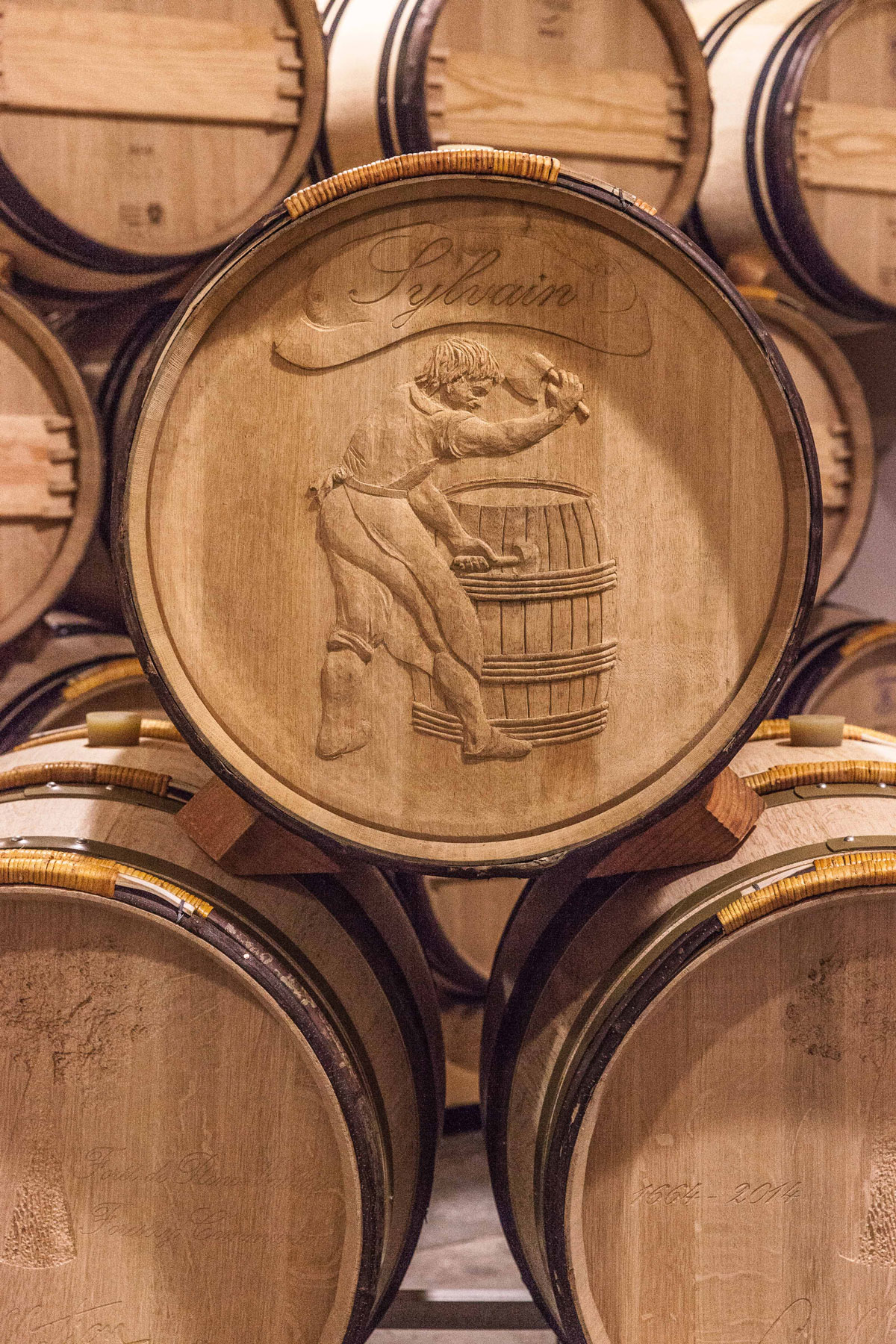
The bottle as an artistic medium
As you may have already noticed, art sometimes takes pride of place on bottle labels. Some great vintages have had the privilege of being dressed up by artists, like Château Mouton Rothschild 1975, whose label was designed by Andy Warhol.
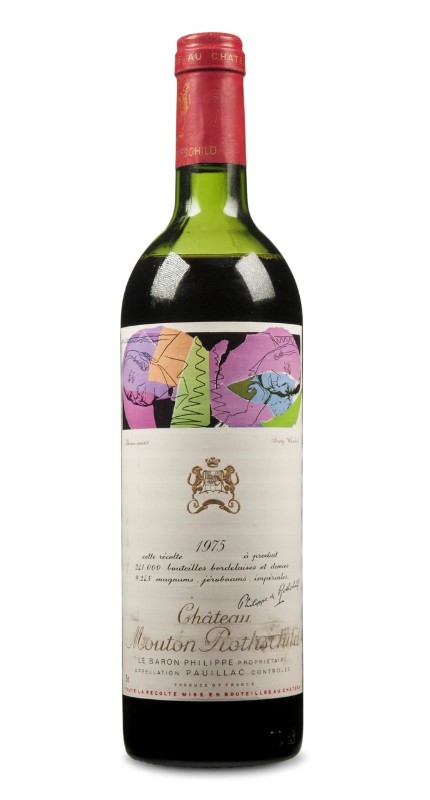
A great art lover, Baron de Rothschild had already made history two years earlier by paying tribute to the painter Pablo Picasso shortly after his death on the label of his 1973 Château Mouton Rothschild: one of Picasso's paintings from his personal collection was printed on the label of the cuvée, which read "in homage to Picasso (1881-1973)".
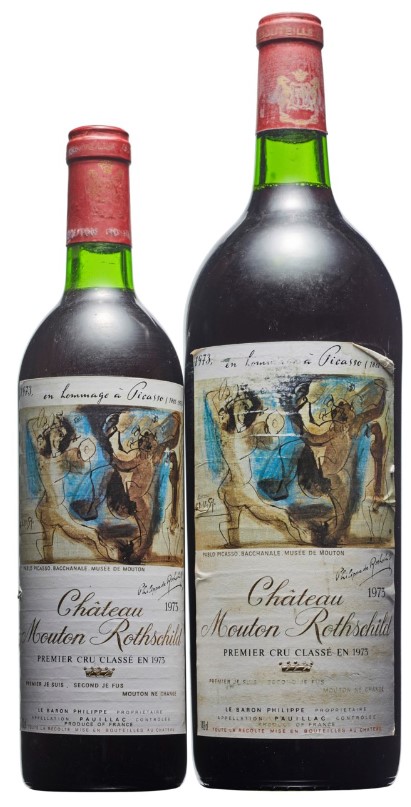
The Rothschild family has continued this tradition since 1945. Since then, contemporary artists have been given carte blanche to design the labels for the prestigious Château Mouton de Rothschild cases.
Music: an ally in maturing and tasting wines
Some winegrowers even go so far as to compose... musical experiments. In the Occitanie region of France, a cooperative cellar grouping together some 300 winegrowers had the original idea of raising a white wine to the frequencies of musical waves. A loudspeaker is immersed in the wine 24 hours a day for several weeks in the hope that it will improve under the influence of the waves of Vivaldi's four seasons. This original initiative has won over another independent winegrower in the Hérault region, who has chosen to let a jazz version of Brassens' work age his rosé in vats.
Musical works are also used during wine tastings to create unique experiences. A study has been carried out by the psychology department of Scotland's Heriot-Watt University. Its aim? To determine the influence of music on the aromatic perception of wine through an experiment: participants tasted a red wine and a white wine in 4 different musical environments and in a test room with no music. The results were clear: as with sight, background music influences our perception of wine. For example, the wine was perceived as more powerful and heavier when the music played was "powerful and heavy". In each atmosphere, the perception of the wine was modified in the direction of the mood expressed by the music. Music and wine pairings can be as rich and varied as food and wine pairings.
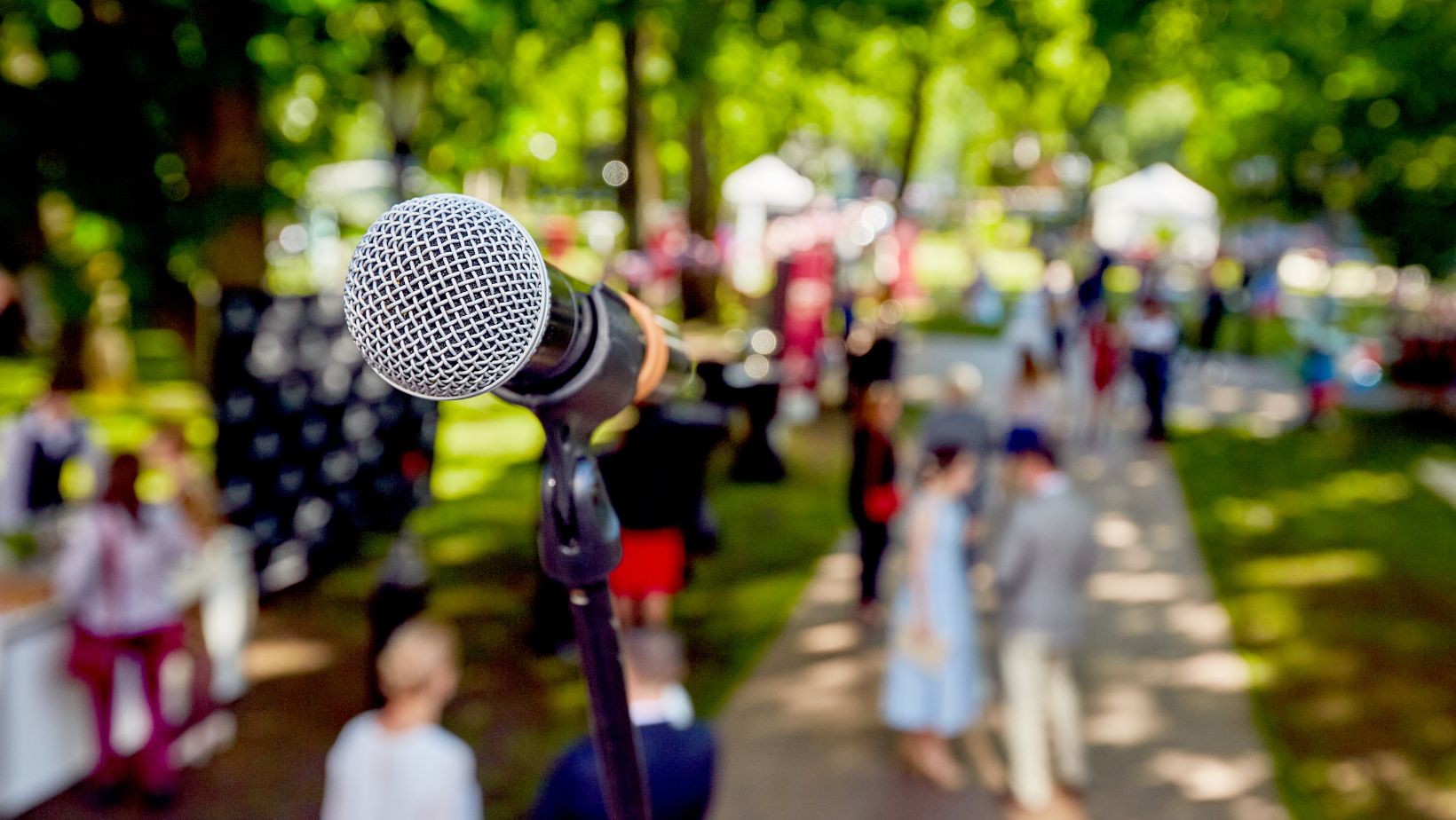
©Canva
Last but not least, the vineyards also have their own musical events, with more and more wineries offering exclusive private concerts (jazz, classical or world music) in the middle of the vines, combined with wine tastings. With the arrival of warmer weather, look out for events at vineyards near you! Throughout the year, numerous artistic and cultural events also celebrate the encounter between art and wine, such as Les Grandes heures de Saint-Émilion. Festivals, tastings, exhibitions and concerts organised in the heart of the vineyards and wine cellars are all opportunities to fully appreciate the richness of these two worlds.
An emblematic relationship
It's undeniable that the special relationship between art and wine allows creativity, conviviality and aesthetics to come together, offering new and unforgettable sensory experiences. These experiences are shared, whether contemplating a work of art or tasting a great wine with the family, and are generally a source of wonder, contemplation and pleasure. This pleasure is always renewed because it creates an emotional connection between people and places. So it's easy to imagine that this relationship, this perfect alliance, will continue to flourish in the years (dare we say centuries) to come.
